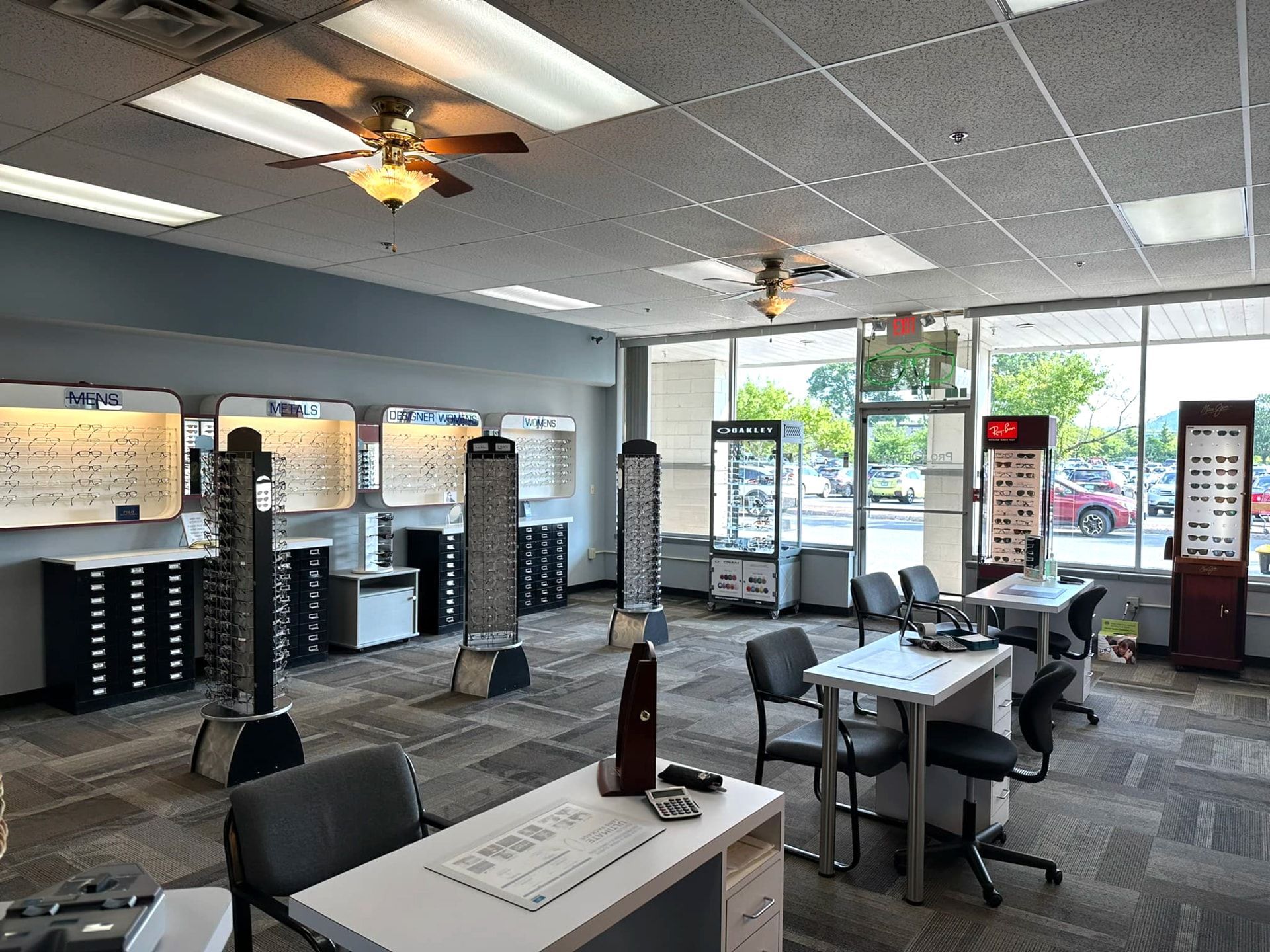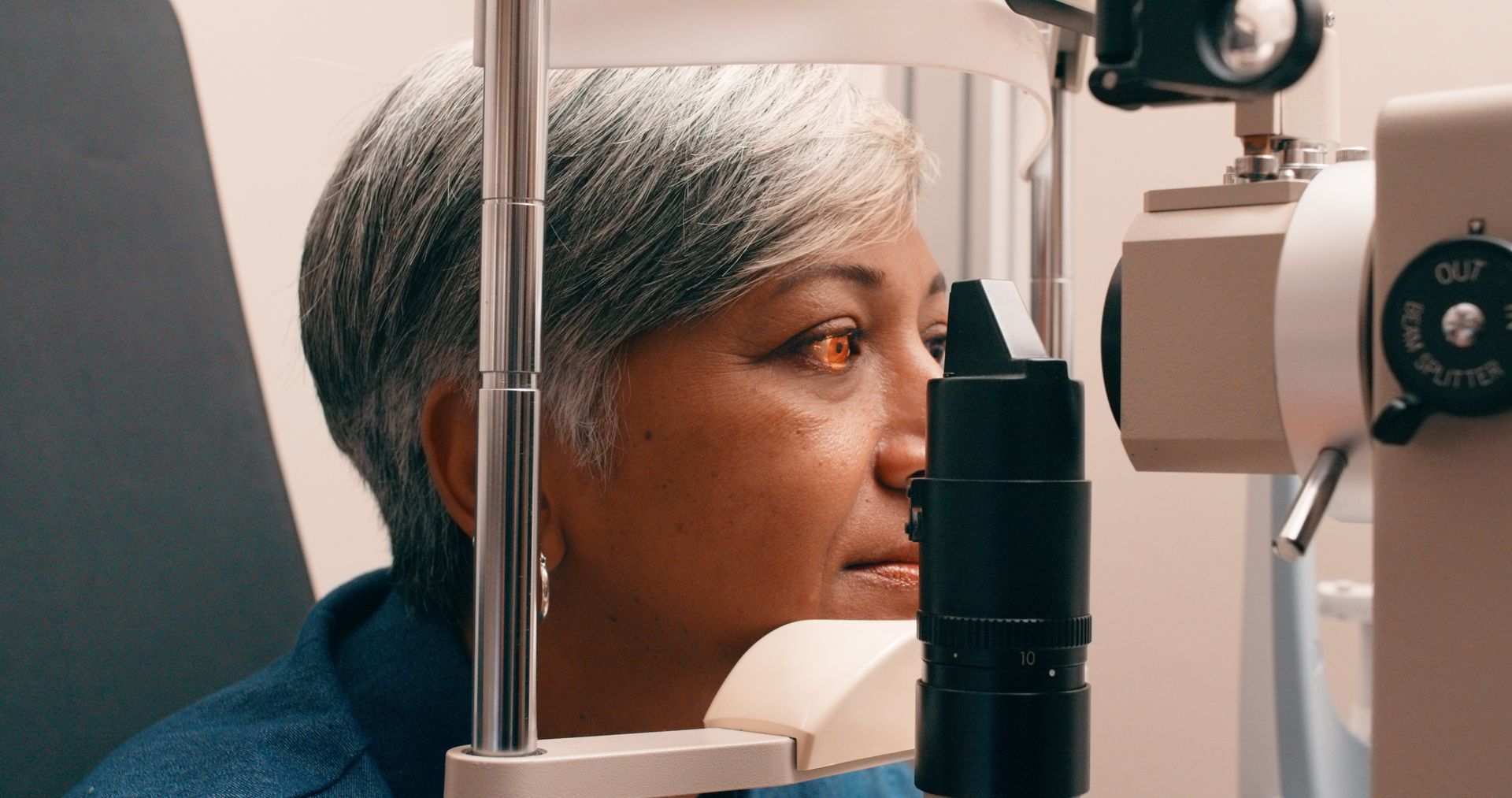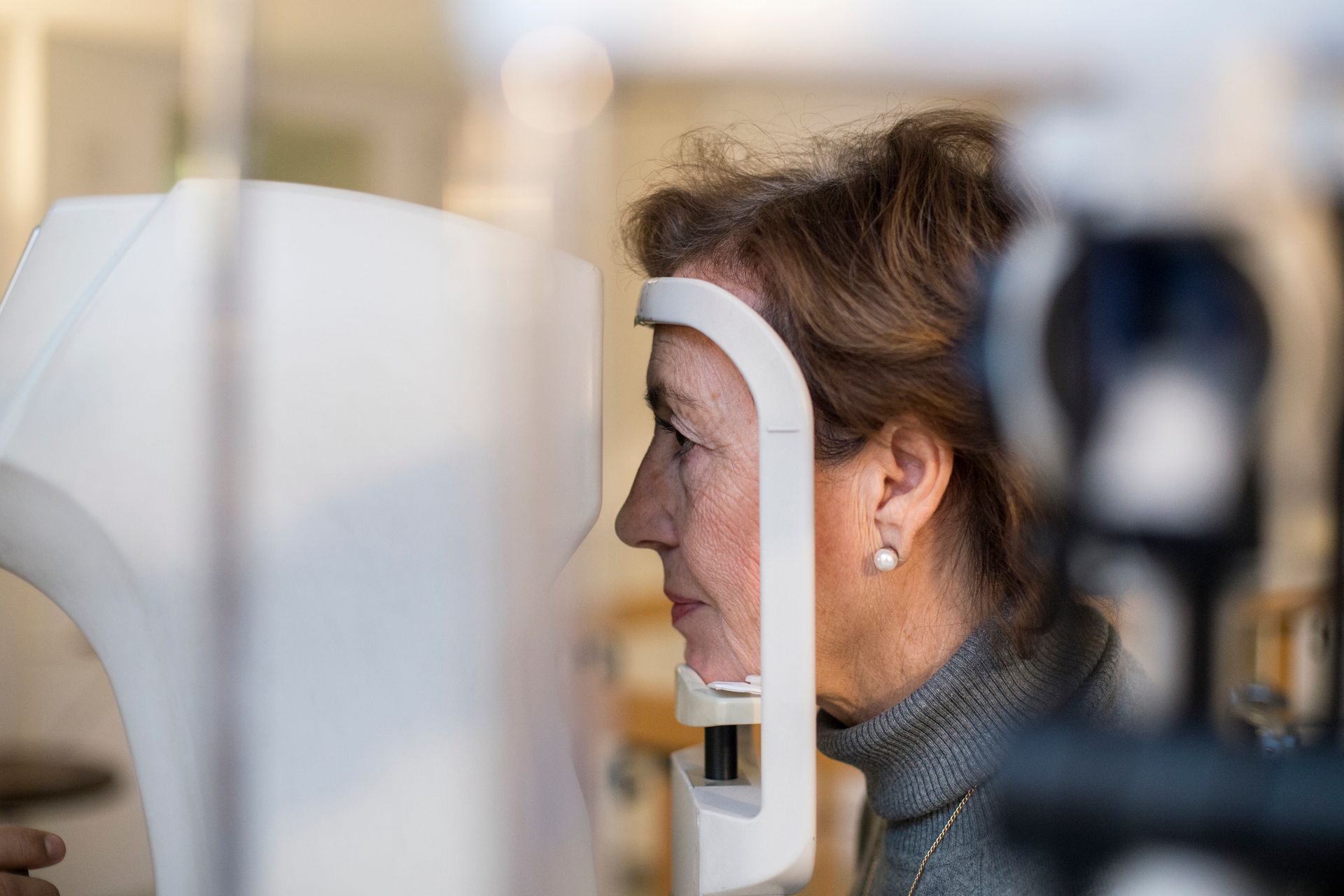Perfect Fit: How to Determine Your Glass Frames Sizes
Finding the right glass frames sizes is essential for comfort and vision. In this article, we’ll show you how to measure your glasses and face to ensure a perfect fit.
Key Takeaways
- Know your frame measurements: lens width, bridge width, and temple length are essential for finding glasses that fit properly.
- Accurate measurements can be taken at home using a ruler or soft measuring tape to ensure comfortable and optimal fit.
- Choosing frames that complement your face shape not only improves comfort but also enhances your overall look.
Understanding Glasses Frame Measurements
Understanding glasses frame measurements helps ensure your lenses are correctly positioned relative to your eyes. The three key measurements for glasses frame size are lens width, bridge width, and temple length. These numbers, usually formatted like 54-16-140 on the inside of the eyeglass frames, represent the lens width, bridge width, and temple length, respectively. Accurate glasses measurements and glasses size are essential for a proper fit.
Lens width, usually between 40 and 60 millimeters, measures the width of each lens, excluding the frame. This width determines how well the lenses align with your eyes. Proper lens width ensures that the optical center of the lenses matches the position of your pupils, providing optimal vision correction and comfort.
Bridge width, the distance between the lenses, affects the fit on your nose. Temple length, on the other hand, measures the length of the arms of the frames from the hinge to the end. Together, these measurements ensure that the glasses sit comfortably on your face without slipping or causing discomfort.
These measurements guide you in choosing frames that fit well and enhance your overall eyewear experience.

How to Measure Your Current Glasses Frames
Accurately measuring your current glasses frames is the first step to finding your perfect frame size. Use a millimeter ruler or soft measuring tape for precise measurements. Measure the lens width horizontally across one lens at its widest point, excluding the frame itself, to ensure the lenses align properly with your eyes.
Measure the narrow bridge width by noting the distance between the nearest points of the two lenses. This measurement helps determine how well the glasses will sit on your nose.
Measure the temple arm length from the hinge to where it starts to curve, then from the curve to the tip. Add both measurements to ensure a snug fit around your ears.
These measurements are crucial for finding the right glasses frame size, ensuring your next pair fits perfectly. Following these steps will help you measure your current glasses frames accurately and confidently.
Measuring Your Face for Glasses Frame Sizes
Accurate face measurements are key to finding the best-fitting glasses frames. Pupillary distance, or the space between your pupils, aligns the lenses with your gaze. When you have well-fitting frames, it is also advisable to note their bridge size for future reference.
The process involves three main measurements: eye size, bridge size, and temple arm length. Each plays a vital role in ensuring that your glasses fit comfortably and look great.
Eye Size Measurement
Eye size measurement, or lens width, usually ranges from 40 to 62 millimeters, ensuring the lenses align properly with your eyes. To measure, use a soft measuring tape or a millimeter ruler to measure one lens horizontally at its widest point, excluding the frame.
When selecting frames, make sure they don’t touch your cheeks when you smile. This indicates that they are too small or improperly positioned. This simple check can prevent discomfort and ensure a better fit.
Bridge Size Measurement
Bridge width, the shortest distance between the lenses, usually ranges from 14 to 24 millimeters and is influenced by nose position and eye spacing. To measure, use a soft measuring tape to measure the distance between the nearest points of the two lenses.
Aligning the pupils with the centers of the lenses ensures comfort and prevents slippage. For those needing specific frames like a narrower bridge or Low Bridge Fit, these considerations are even more crucial.
Temple Arm Length Measurement
Temple arm length usually ranges from 120 to 150 millimeters, ensuring the frames fit well around the ears. Measure from the hinge to the point where the arm starts to curve, then from the curve to the tip, and add both measurements for an accurate length.
Make sure the arms fit snugly above your ears without causing pain to prevent slipping and ensure comfort. This measurement is vital for glasses that stay in place and provide long-term comfort.
Finding Size Information on Existing Frames
Locating size information on your existing glasses frames can save time and effort. This information is usually found inside the frame on the temple arm, bridge, or earpiece. Check inside one arm of the glasses for these measurements.
This includes lens width, bridge width, and temple arm length, which are crucial for determining the width of your next pair of frames.
You can also use a credit card to gauge the frame size by comparing its width to the glasses. This simple method offers a quick way to understand your frame size without complicated measurements.

Choosing the Right Frame Style Based on Face Shape
Identifying your face shape helps you choose the right frame style, which can enhance your features and provide a more flattering look. For example, round faces benefit from rectangular frames with bold angles to create contrast, while oval faces can wear a variety of shapes, with wide frames and a strong bridge being particularly flattering.
Heart-shaped faces benefit from frames wider at the bottom to balance a narrow chin and wide forehead, while square faces are softened by round frames. Diamond-shaped faces are complemented by cat-eye and oval frames that highlight the cheekbones.
Knowing your face shape and the corresponding frame styles can help you choose frames that fit well and accentuate your natural beauty.
Special Considerations for Progressive Lenses
Progressive lenses need specific measurements for optimal vision correction. Lens height, measured vertically at the widest point, usually ranges from 32 to 38 millimeters, ensuring proper alignment of the different vision zones for bifocal or progressive lenses.
The fitting height for progressive lenses usually ranges from 15 to 20 millimeters, while segment height falls within 15 to 25 millimeters. Corridor length, which defines the width of intermediate and near vision zones, typically ranges from 10 to 16 millimeters.
Additionally, pantoscopic tilt values, usually between 6 to 12 degrees, influence lens functionality in relation to the wearer’s face. Understanding these measurements is crucial for those needing progressive lenses to ensure clear and comfortable vision at all distances.
Common Mistakes to Avoid When Measuring Glasses Frames
Avoid common mistakes when measuring glasses frames for accurate sizing. One key tip is to measure both the lens and the frame separately for precision. Holding a ruler level with your temples helps find the correct frame width for a proper fit.
Adjusting the nose pads can prevent marks on your nose, which indicate that the frames may be too tight. To prevent the appearance of missing eyebrows, avoid frames that extend past your eyebrows.
If frames slide off easily, they may be too large or the temple arms too long. Consider using a glasses strap to improve fit. These tips can help ensure a more comfortable and stylish fit.

Pro Optical's Personalized Fitting Services
Pro Optical provides professional fitting services to ensure optimal frame sizing. Located in West Lebanon, New Hampshire, Pro Optical specializes in eyeglasses and offers personalized consultations without needing an appointment. Their expert team can help you find the best fit for your glasses, whether you need progressive lenses or a new pair of frames.
With walk-in consultations, getting professional measurements and finding your perfect fit has never been easier. Visit Pro Optical for a personalized fitting experience and discover the perfect eyewear for you.
Summary
Finding the perfect frame size for your glasses involves understanding key measurements, accurately measuring both your glasses and face, and choosing the right frame style based on your face shape. Avoiding common mistakes and considering specific needs, such as progressive lenses, can ensure a comfortable and stylish fit. Pro Optical’s personalized fitting services can further assist in finding your ideal glasses. Take the next step in your eyewear journey and find the perfect frames that enhance your vision and style.
Frequently Asked Questions
What are eyeglass frame sizes?
Eyeglass frame sizes refer to the dimensions that determine how well the frames fit your face, including lens width, bridge width, and temple length. To find the right size, check the numbers printed on the inner arm of your frames or have them measured by an eye care professional.
How do I measure my current glasses frames?
To measure your glasses frames, grab a millimeter ruler or soft measuring tape and check the lens width, bridge width, and temple arm length. It's that easy!
What frame styles suit different face shapes?
To find the perfect sunglasses, remember that rectangular frames complement round faces, oval faces can rock various styles, heart-shaped faces look great in wider-bottom frames, round frames soften square faces, and cat-eye or oval frames suit diamond-shaped faces. Choose wisely to enhance your unique features!
What special considerations are there for progressive lenses?
When getting progressive lenses, it’s crucial to have accurate measurements like lens and fitting heights to ensure they provide clear vision at all distances. These details help in achieving the best fit and comfort for your eyes.
All Rights Reserved | Pro Optical











